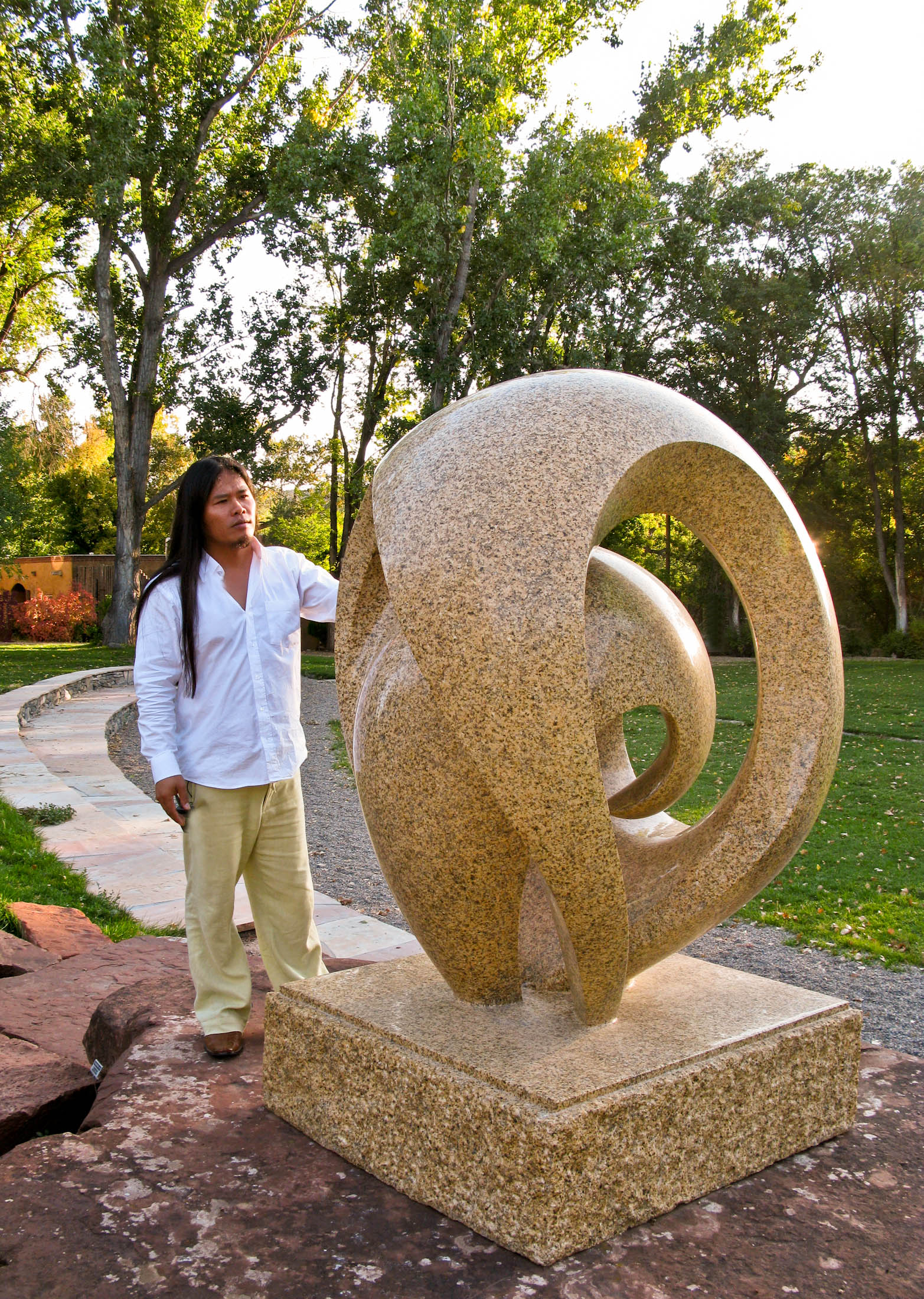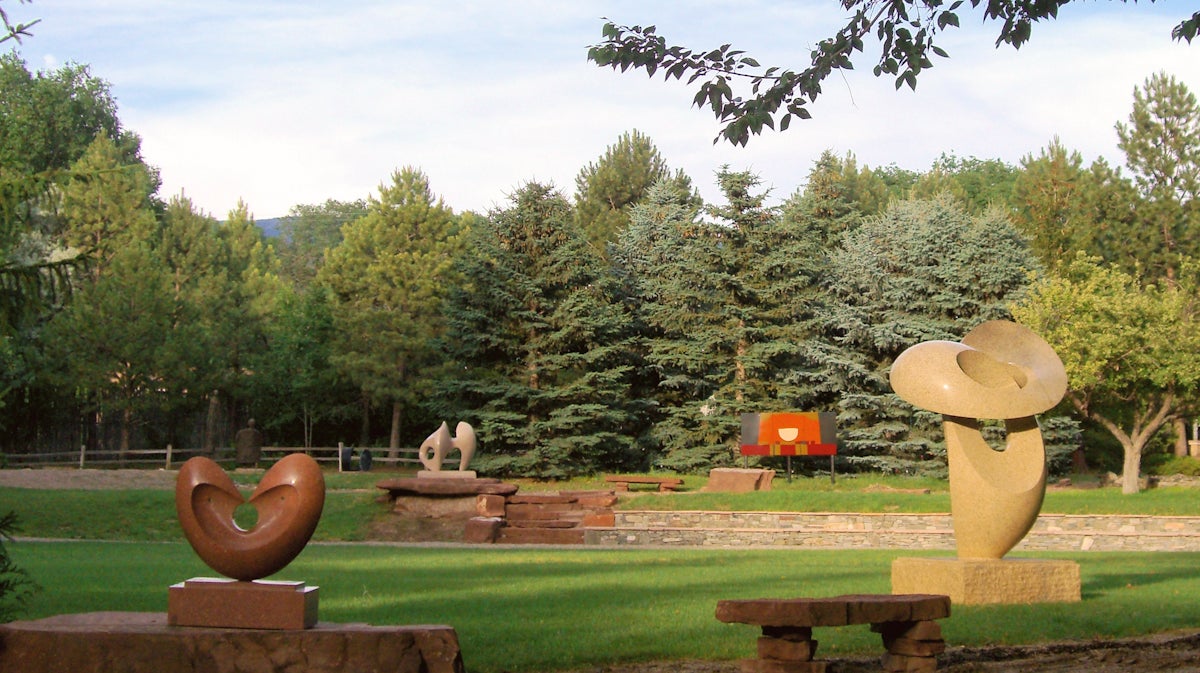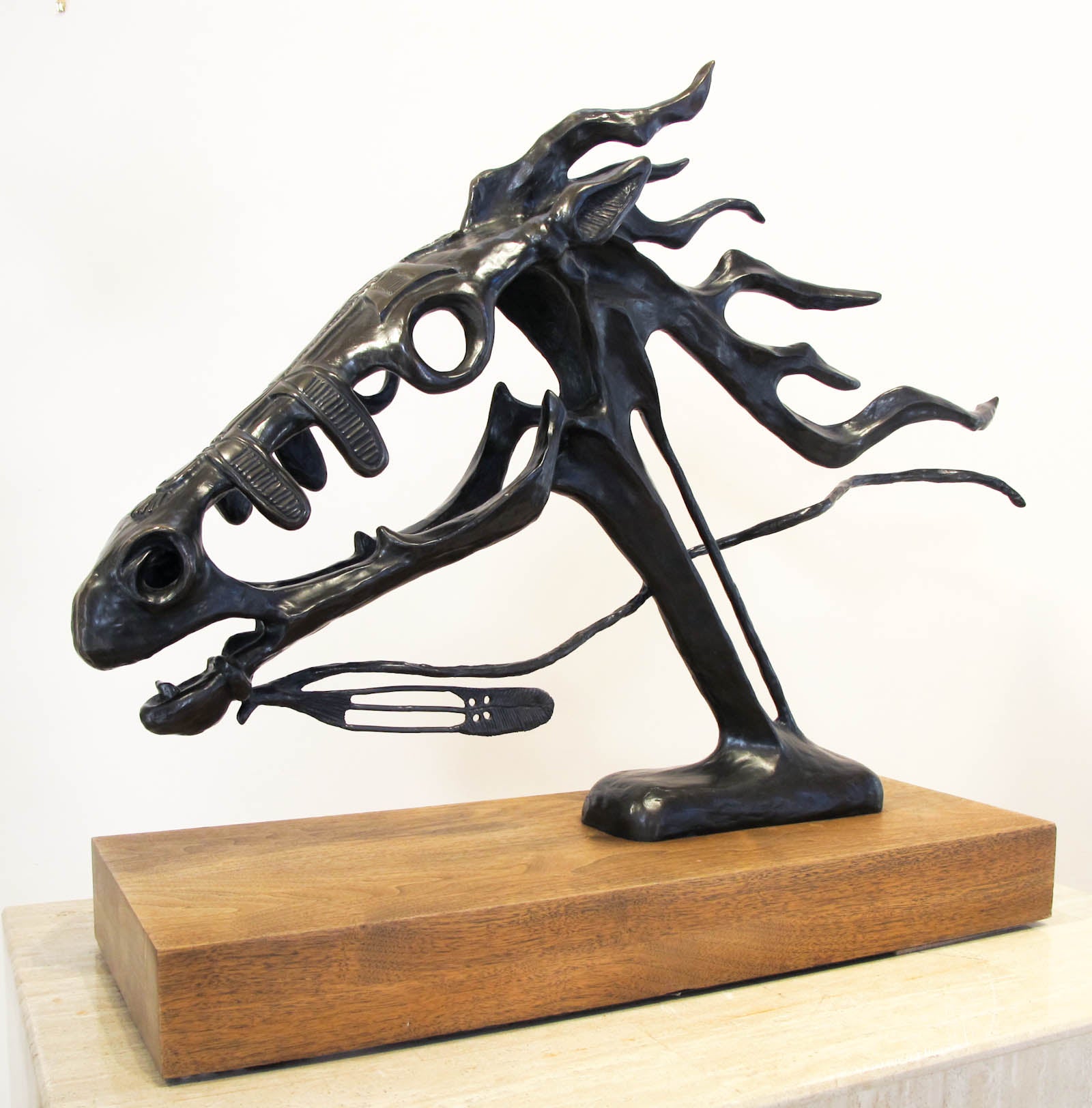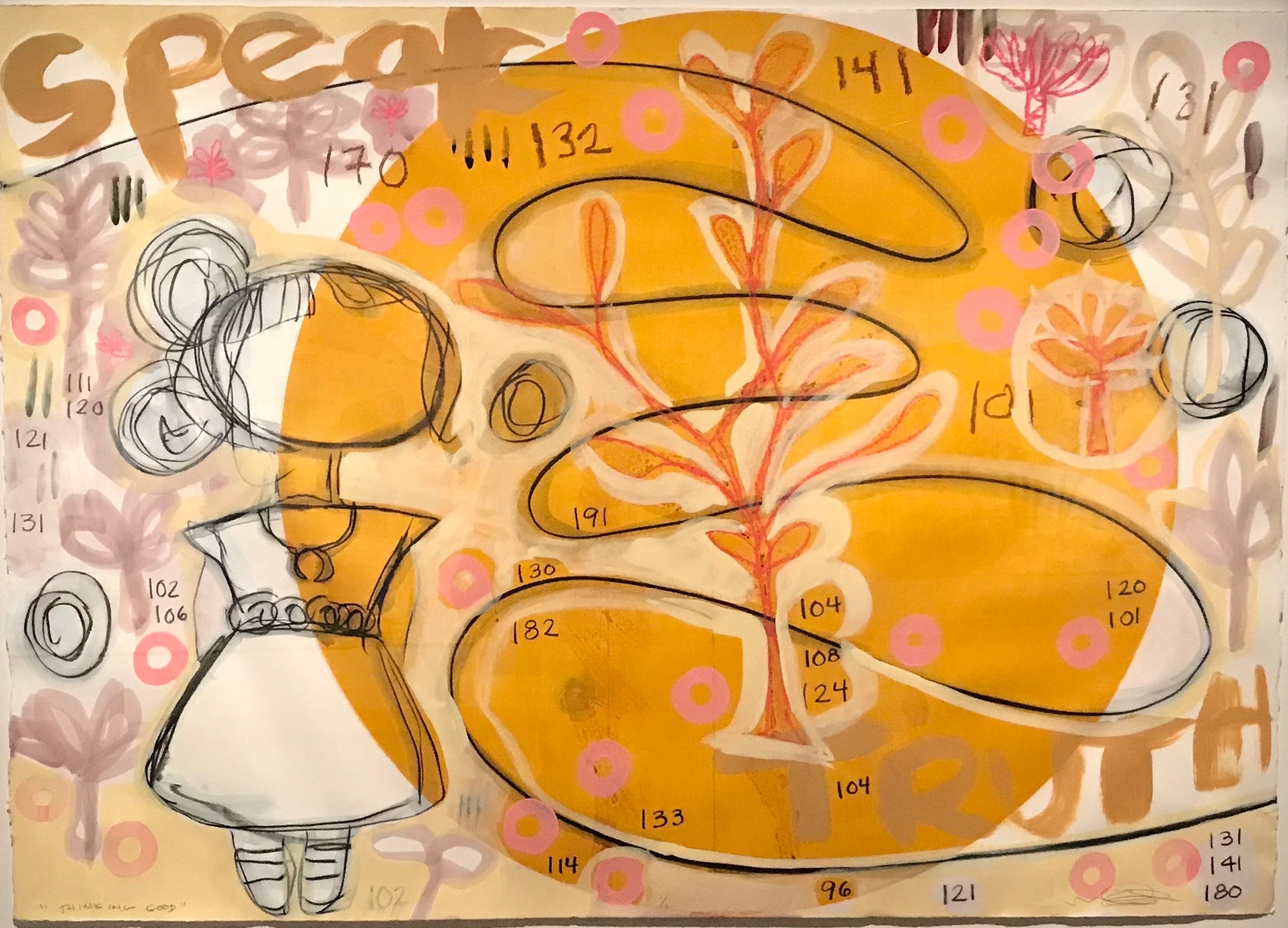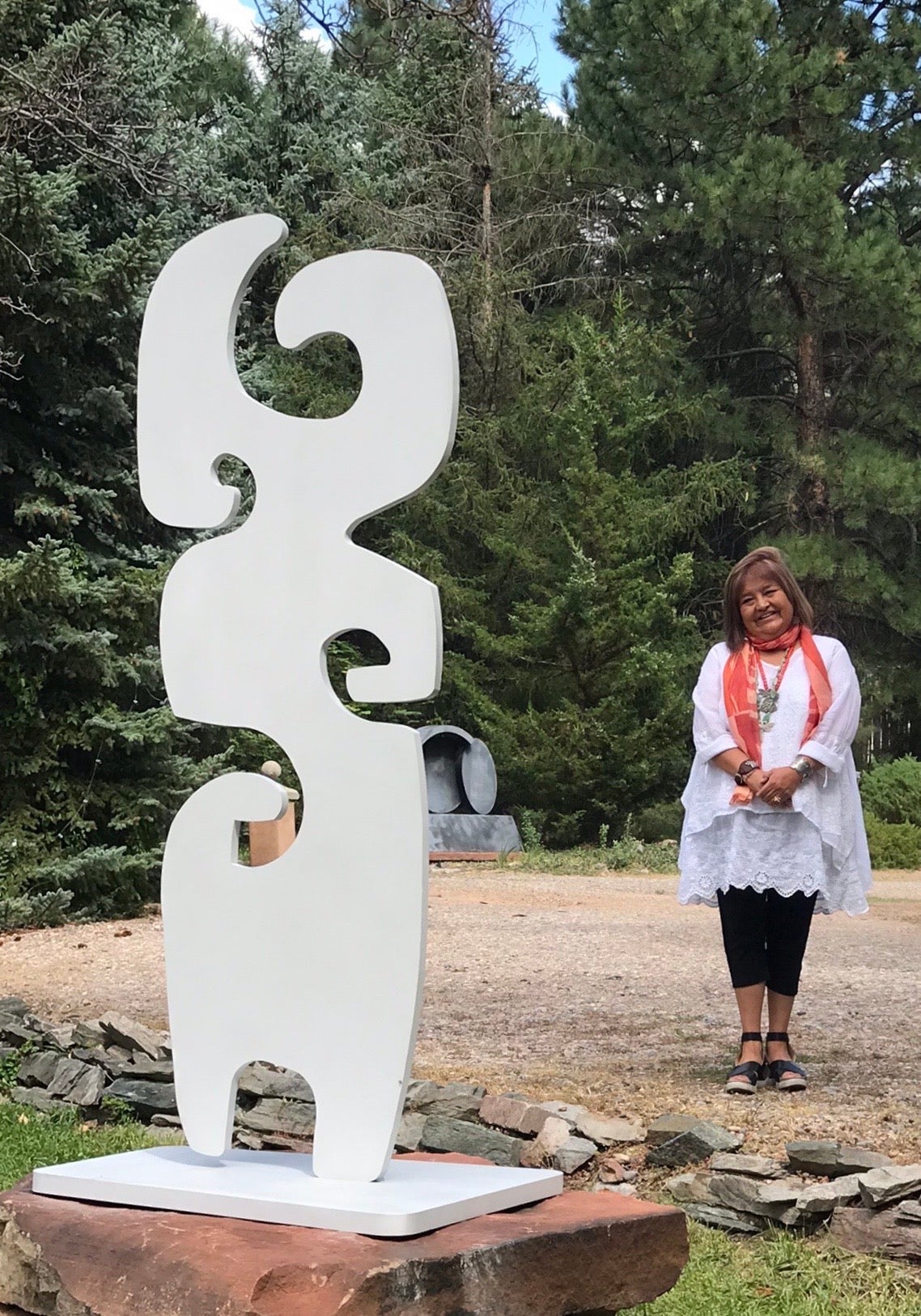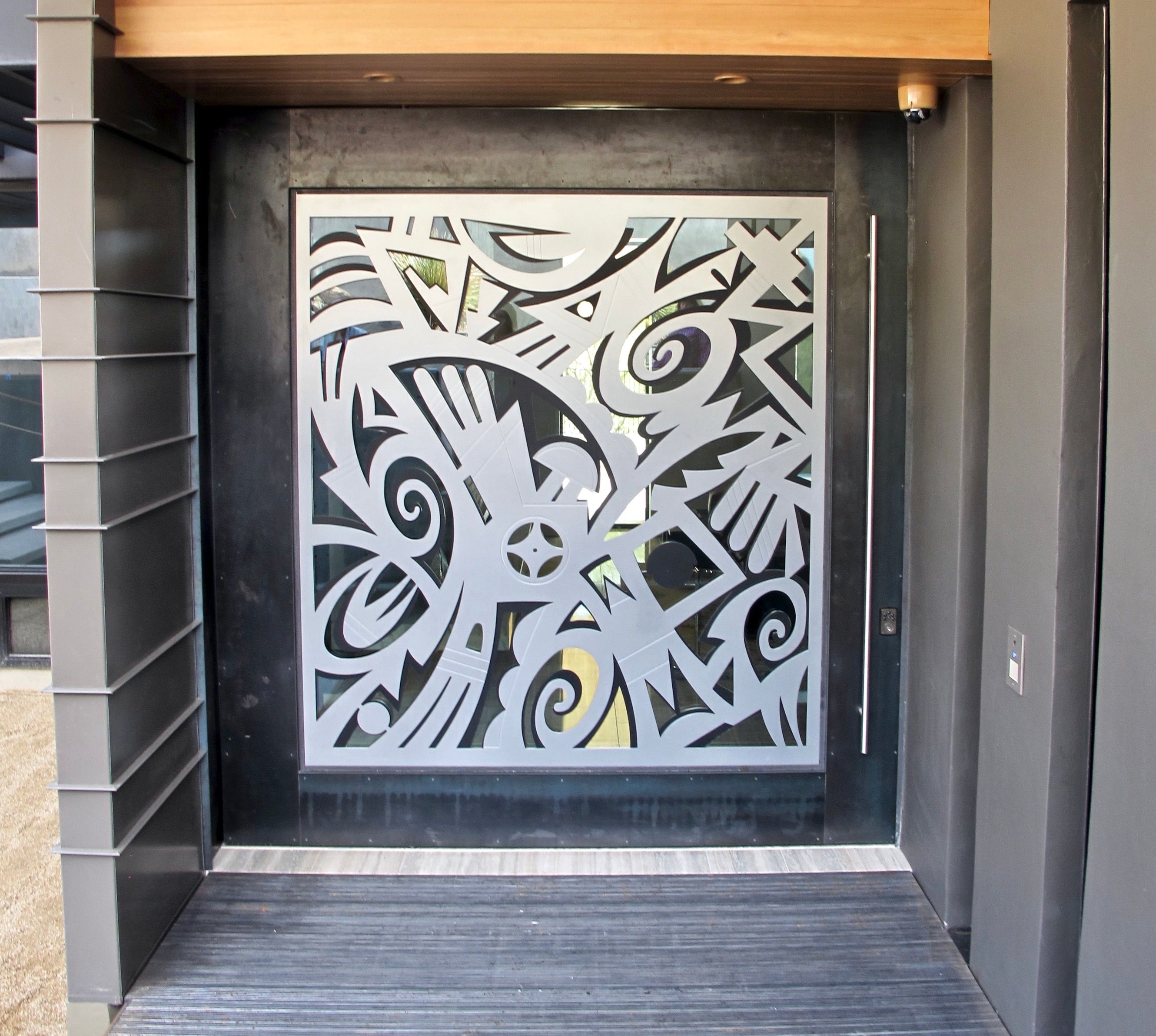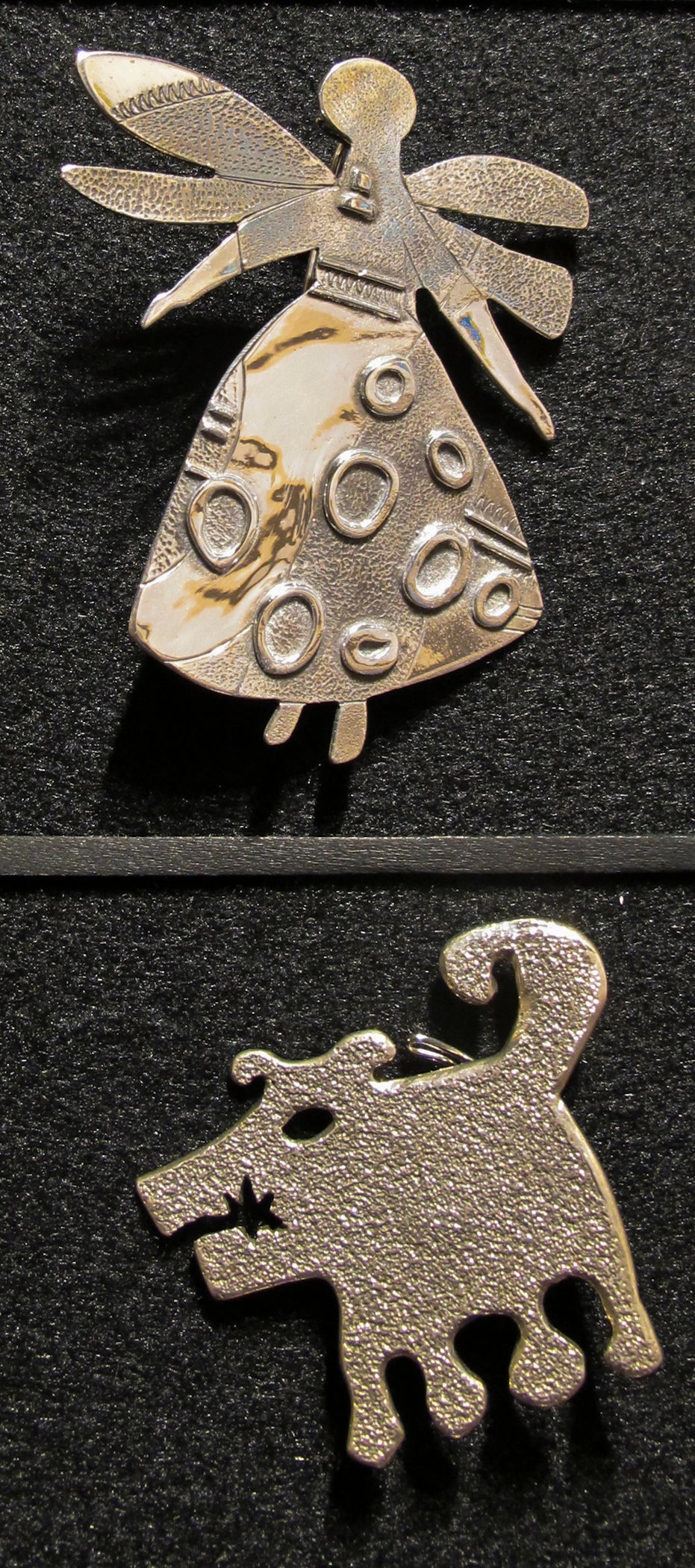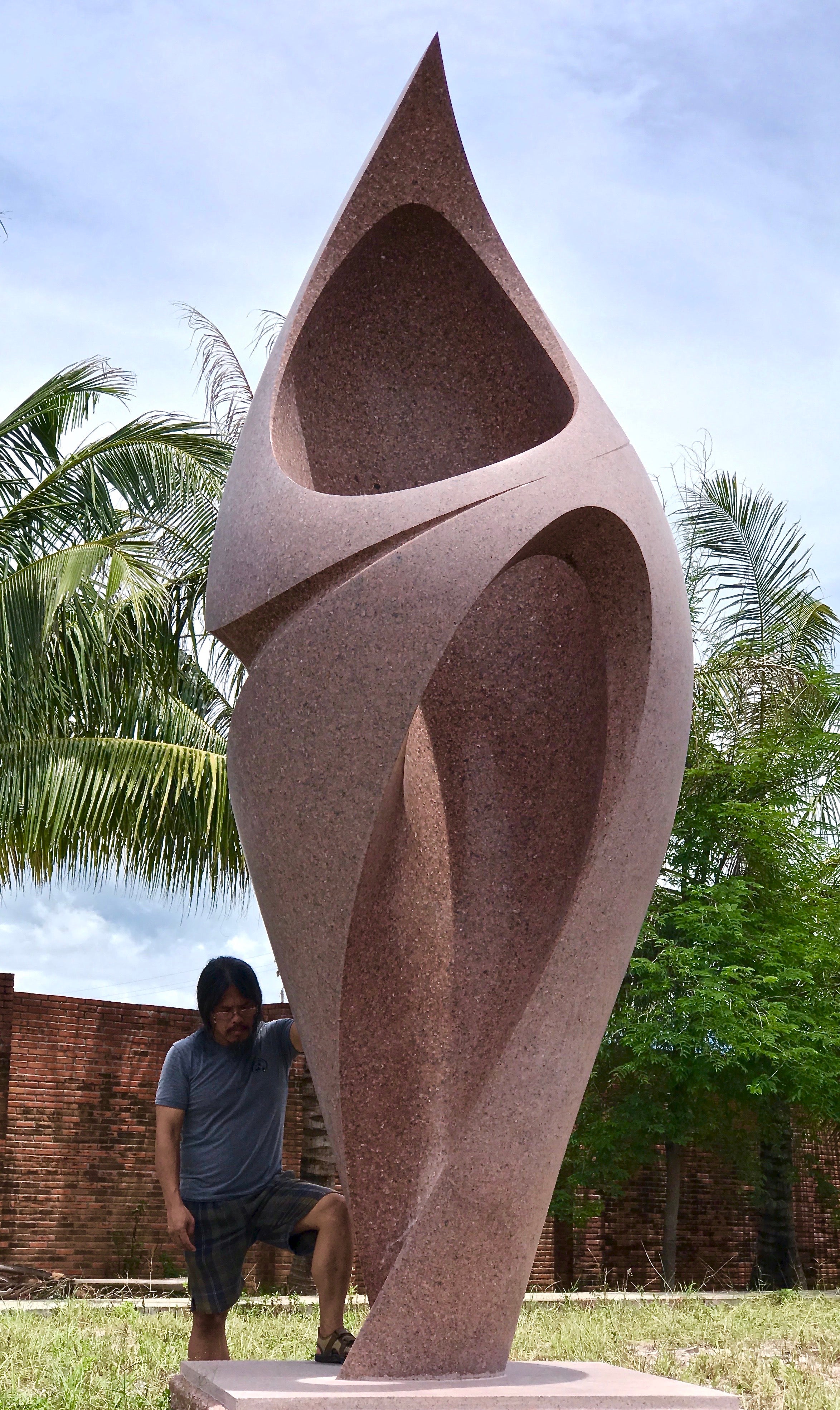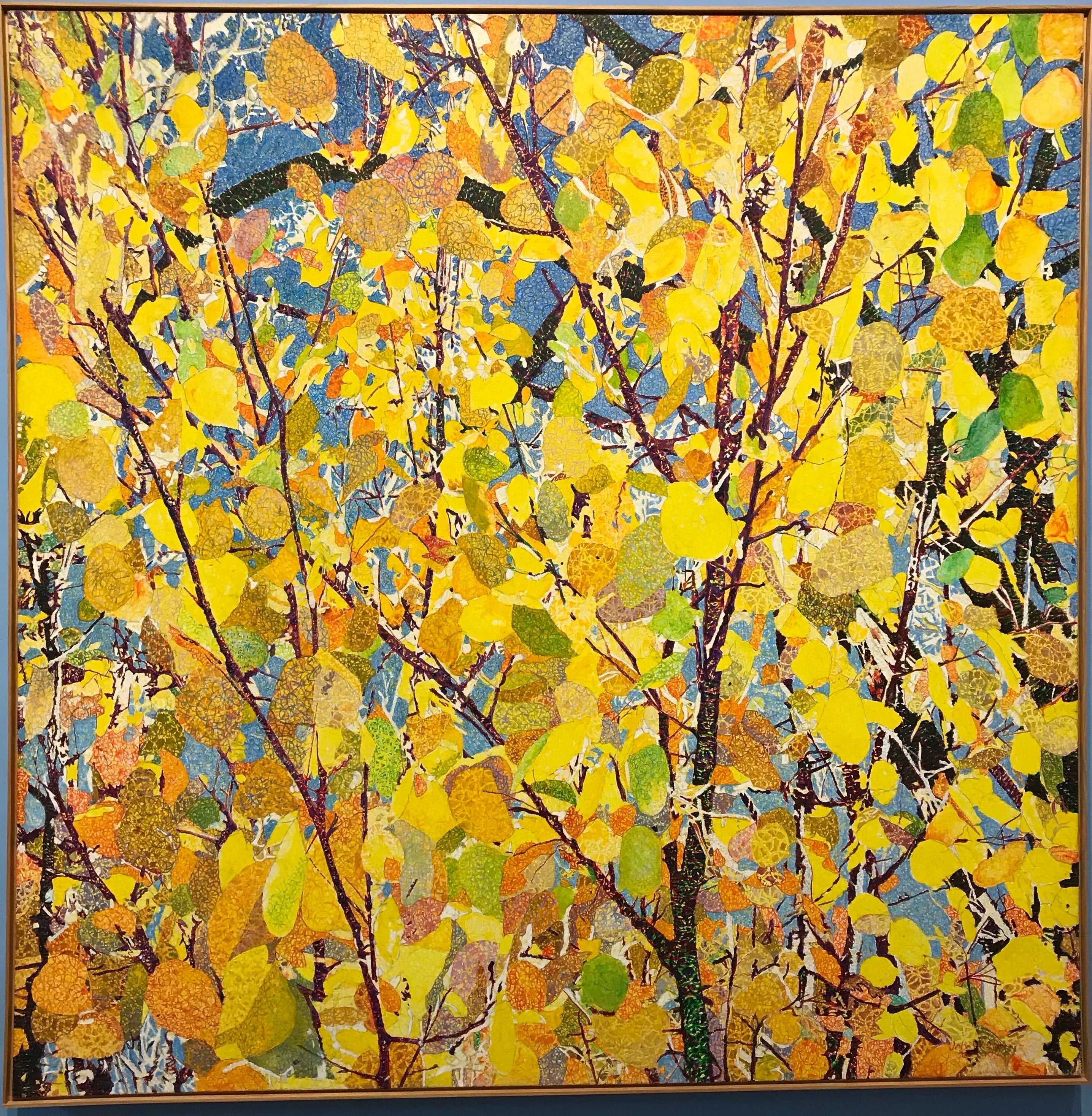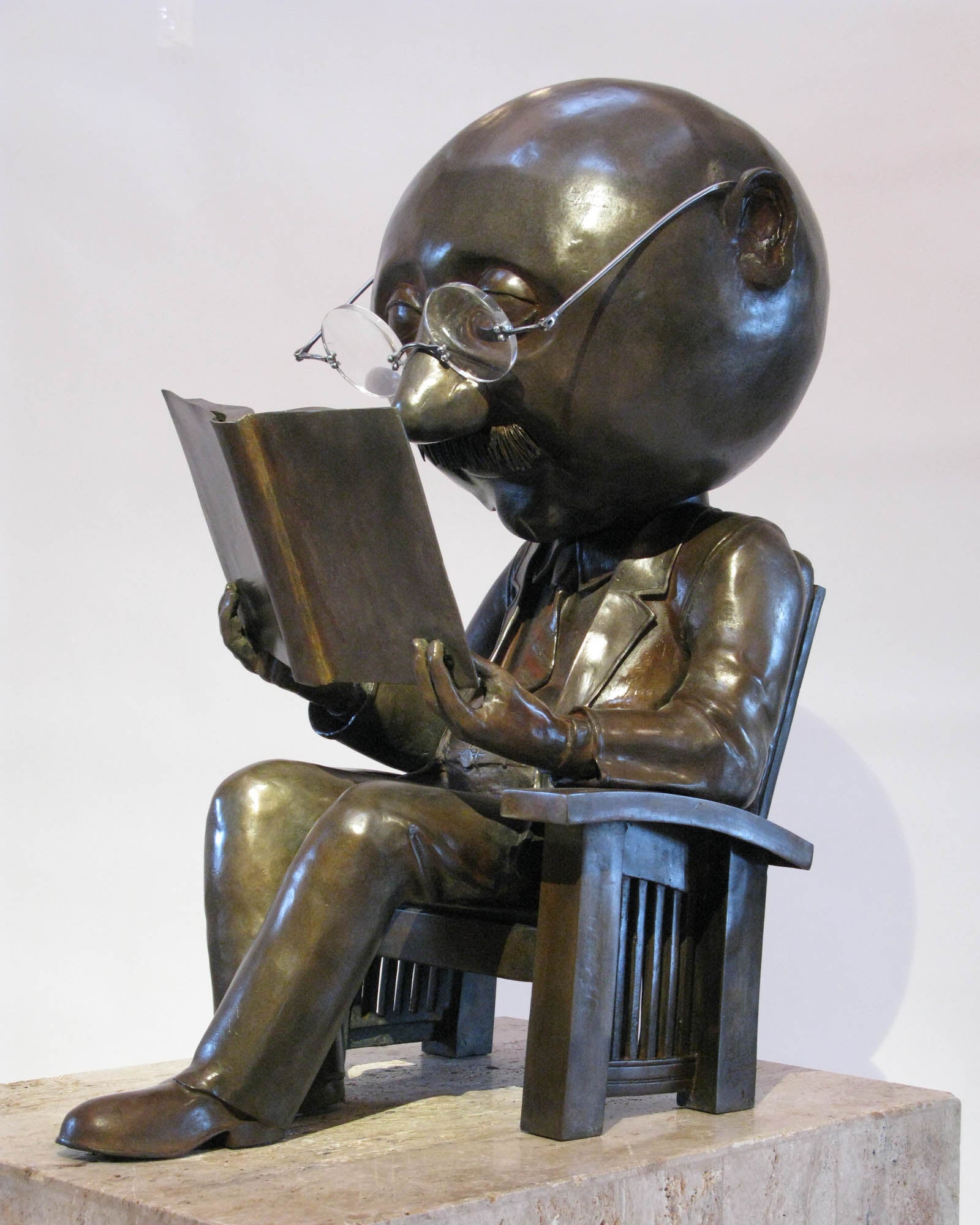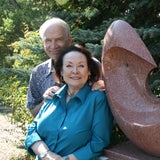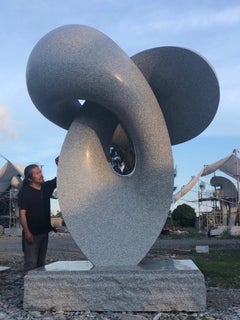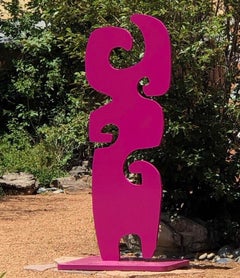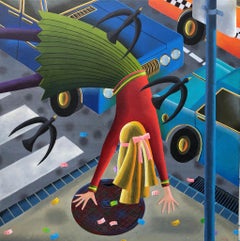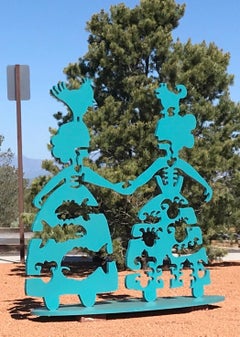About Glenn Green Galleries
Since its inception in 1966, Glenn Green Galleries (formerly known as The Gallery Wall, Inc.) has presented a wide variety of international artists in their galleries in Phoenix, Scottsdale and Tesuque-Santa Fe, and has sponsored exhibits in Europe, Japan, South America, and Mexico. Their artists have shown their work in such places as the Pompidou and Grand Palais, Paris, London’s British Museum, and the Museum of Modern Art in Mexico City. Glenn and Sandy Green, owner-directors, acted as representatives for Allan Houser from 1974 until his death in 1994. Houser, a ma...Read More

Established in 19661stDibs seller since 2015
Featured Pieces
2010s Contemporary Abstract Sculptures
Granite
2010s Contemporary Abstract Sculptures
Metal
2010s Figurative Paintings
Canvas, Oil
2010s Contemporary Figurative Sculptures
Metal
Early 2000s Contemporary Abstract Sculptures
Bronze
1970s Contemporary Animal Paintings
Canvas, Acrylic
1940s Contemporary Figurative Drawings and Watercolors
Watercolor
2010s Contemporary Abstract Sculptures
Metal
2010s Contemporary Figurative Sculptures
Metal
2010s Contemporary Mixed Media
Pastel, Monotype
2010s Contemporary Mixed Media
Oil Pastel, Watercolor, Monotype
2010s Contemporary Abstract Paintings
Acrylic, Archival Paper
More About Glenn Green Galleries
